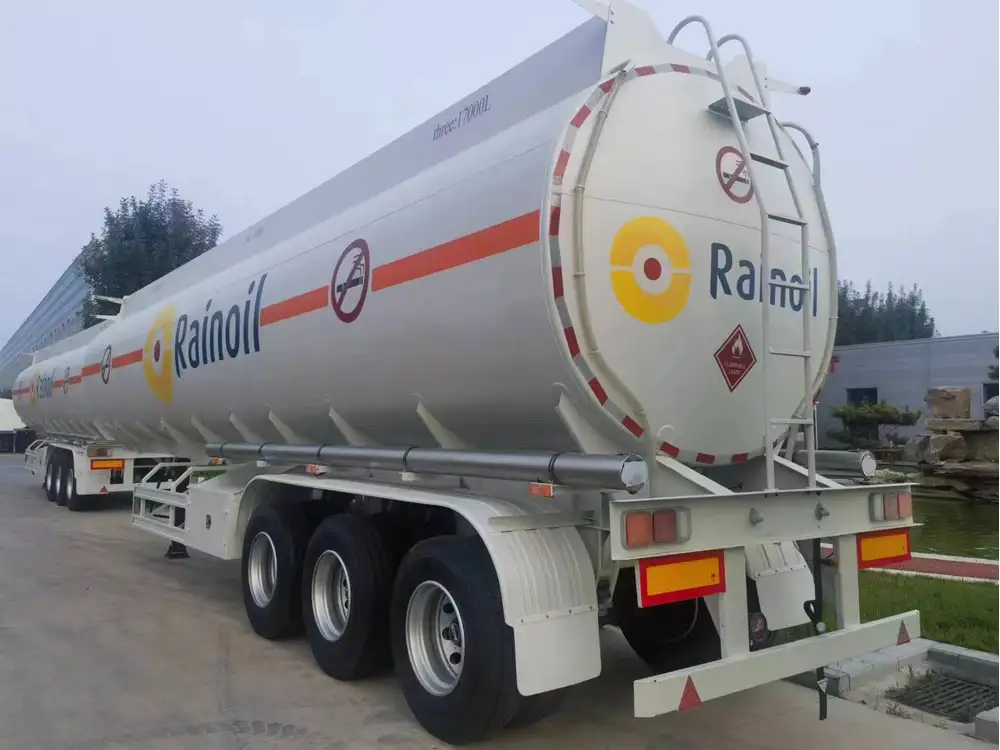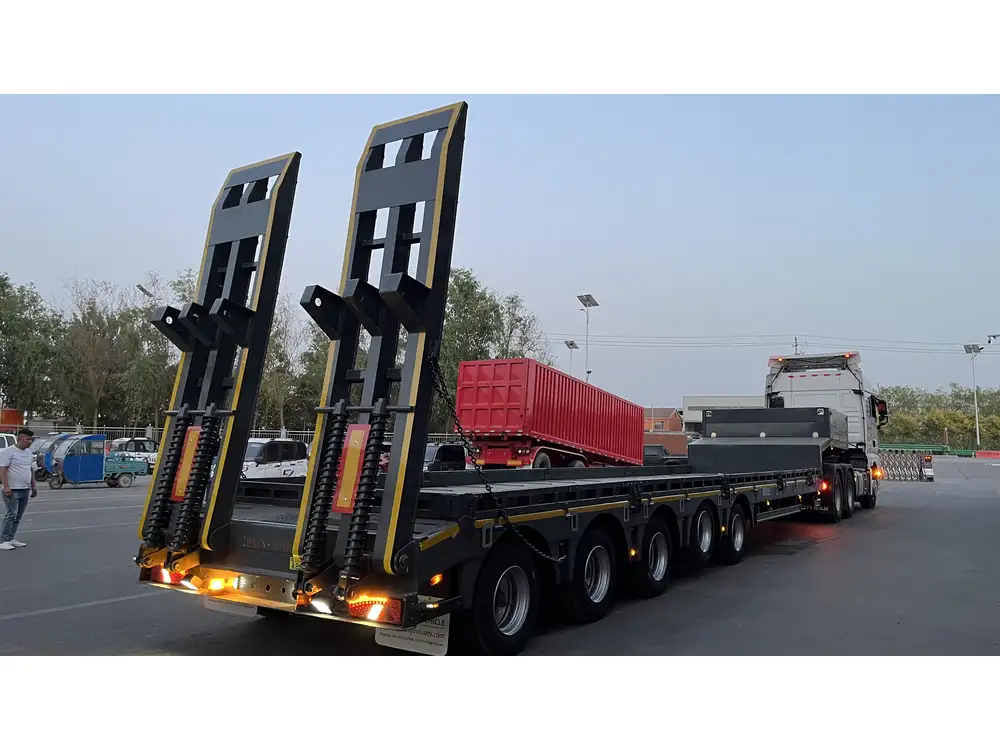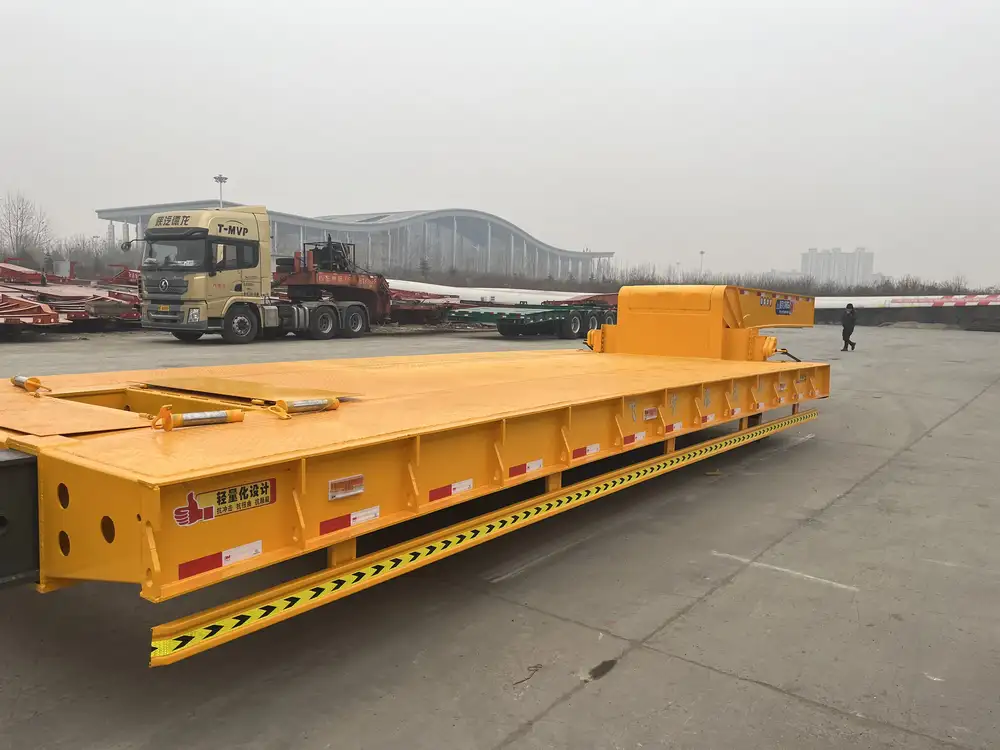When it comes to the transportation industry, one of the most fundamental questions that arise is: How long is a typical semi truck and trailer? This query not only reflects curiosity but also has significant implications in logistics, compliance, and route planning. Understanding the dimensions of semi-trucks can impact everything from regulatory adherence to efficiency in freight delivery. In this article, we will delve into the typical lengths of different semi trucks and trailers while exploring related aspects such as configuration options, legal requirements, and how these factors affect operational efficiency.
1. Understanding Semi Truck Dimensions
1.1. The Basics of Semi Trucks
A semi truck, often referred to as a tractor unit, is the front part of a semi-trailer truck. This powerful vehicle is responsible for hauling substantial loads across long distances while ensuring safety and efficiency on the road. The total length of a semi-truck and trailer combination includes both the tractor and the trailer itself.

1.2. Standard Lengths of Semi Trucks
In general, a standard semi truck has the following dimensions:
- Length of the Tractor: Approximately 20 to 25 feet (6 to 7.6 meters).
- Length of the Trailer: Typically ranges from 28 to 53 feet (8.5 to 16.2 meters).
When combined, a typical semi-truck and trailer unit measures between 48 to 75 feet (14.6 to 22.9 meters) in total length. However, it’s essential to note that exact measurements can vary based on the vehicle’s configuration.
| Component Type | Typical Length (feet) | Typical Length (meters) |
|---|---|---|
| Tractor | 20 – 25 | 6 – 7.6 |
| Trailer | 28 – 53 | 8.5 – 16.2 |
| Combined Total | 48 – 75 | 14.6 – 22.9 |
1.3. What Factors Affect the Length?
Several factors can influence the overall length of semi truck and trailer combinations, including:
- Type of Cargo: Flatbeds, box trailers, and reefer trailers can have different standard lengths.
- Configuration Choices: The wheelbase and layout can alter the dimensions significantly.
- Regulatory Requirements: Jurisdictions may impose specific limits on vehicle lengths.
2. Exploring Trailer Types and Their Lengths
To gain a deeper understanding of how long a semi truck and trailer can be, it’s vital to explore the various types of trailers used in the industry. Each trailer type has different length requirements and purposes.

2.1. Standard Trailers
The most common type of trailer is the standard dry van, which typically measures 53 feet (16.2 meters) in length. This configuration is ideal for transporting a wide variety of goods, including packaged products and non-perishable items.
2.2. Flatbed Trailers
Flatbed trailers are essential for transporting heavy and oversized items. They generally range from 48 to 53 feet (14.6 to 16.2 meters). One significant advantage of flatbed trailers is their versatility, allowing for loading from the sides or top. However, the driver must ensure the load is properly secured.
2.3. Refrigerated Trailers (Reefers)
Reefers, or refrigerated trailers, are designed for temperature-sensitive goods. These trailers are commonly 53 feet (16.2 meters) in length. Their insulated structure allows transport of perishable products like food and pharmaceuticals while maintaining specific temperature ranges.

2.4. Tankers
Tanker trailers are crucial for transporting liquids, such as fuel or chemicals. They are generally 40 to 50 feet (12.2 to 15.2 meters) long and are specially designed to handle the sloshing of liquid materials to ensure safe transport.
2.5. Specialty Trailers
Specialty trailers such as lowboys and step decks cater to specific types of freight. For instance, lowboy trailers are often shorter but are designed to haul tall equipment by placing it closer to the ground.
| Trailer Type | Typical Length (feet) | Cargo Type |
|---|---|---|
| Standard Dry Van | 53 | General Freight |
| Flatbed | 48 – 53 | Heavy and Oversized Cargo |
| Refrigerated (Reefer) | 53 | Temperature-Sensitive Goods |
| Tanker | 40 – 50 | Liquids |
| Specialty (Lowboy/Step Deck) | Varies | Specific Equipment |
3. Legal Length Regulations and Compliance

3.1. Federal Regulations
In the United States, the federal maximum allowable length for a semi truck and trailer combination is 65 feet (19.8 meters), with some exceptions allowing up to 75 feet (22.9 meters) in certain states for specific configurations. However, state laws vary, with some allowing longer combinations under particular conditions.
3.2. Importance of Compliance
Adhering to legal length limitations is crucial for several reasons:
- Safety: Overly long vehicles can struggle with maneuverability, making them more prone to accidents.
- Permits: Operating outside legal limits often requires special permits which can be costly and time-consuming to obtain.
- Efficiency: Understanding the legal framework can help in optimizing freight routes and schedules.
4. The Impact of Length on Operations

4.1. Maneuverability Challenges
Longer semi trucks and trailers present unique maneuverability challenges, especially in urban areas and tight spaces. Drivers must be trained to navigate these challenges, which can include:
- Making wider turns
- Finding suitable parking areas
- Adapting to road structures like overpasses and bridges
4.2. Fuel Efficiency Considerations
The length of a semi truck and trailer can also affect fuel efficiency. Longer vehicles might not only struggle with maneuverability but could also encounter increased wind resistance, which may negatively impact fuel consumption. Conversely, optimizing trailer length can enhance load capability, potentially reducing the number of trips necessary for delivery.
4.3. Route Planning Nuances
Choosing the right truck and trailer combination based on length is essential for efficient route planning. Some considerations include:
- Weight limits: Check weight capacity against length to comply with regulations and avoid fines.
- Road types: Assess road conditions and infrastructure when planning routes, as some paths may have limitations based on vehicle size.

5. Conclusion: Key Takeaways
Understanding the length of a typical semi truck and trailer is vital for all stakeholders in the transport industry. From compliant operations to efficient logistics, the dimensions of these vehicles affect everything from the choice of equipment to route planning and even safety.
Summary of Insights:
- A typical semi truck and trailer combination ranges from 48 to 75 feet (14.6 to 22.9 meters) in length.
- Various trailer types offer different lengths and configurations to suit diverse cargo needs.
- Legal length regulations vary by state, with important implications for routing and safety.
- Length impacts maneuverability, fuel efficiency, and overall operational effectiveness.
Further Considerations:
When planning for a new semi truck and trailer purchase or operational adjustments, it’s crucial to consider all the factors discussed above. An informed decision will enhance the capacity to cater to logistics needs, maintain compliance, and ensure the safe and efficient transport of goods across the nation.



